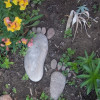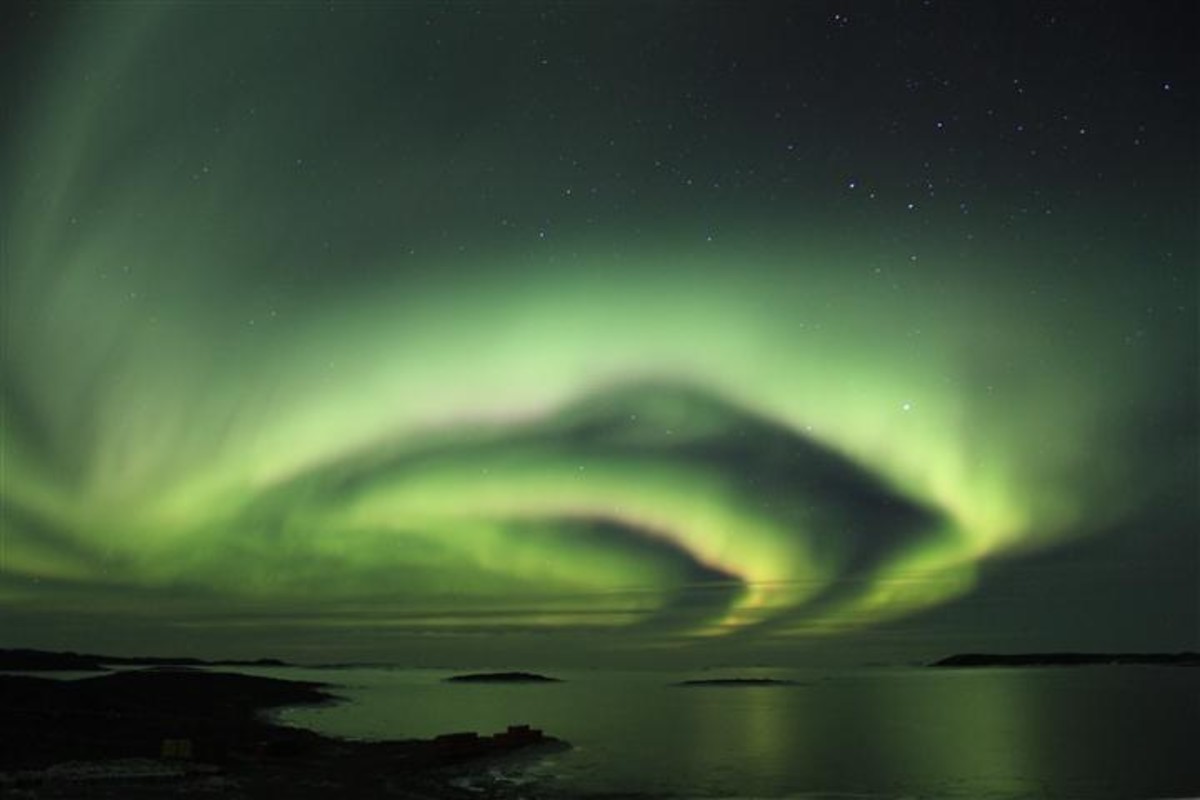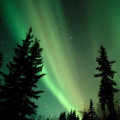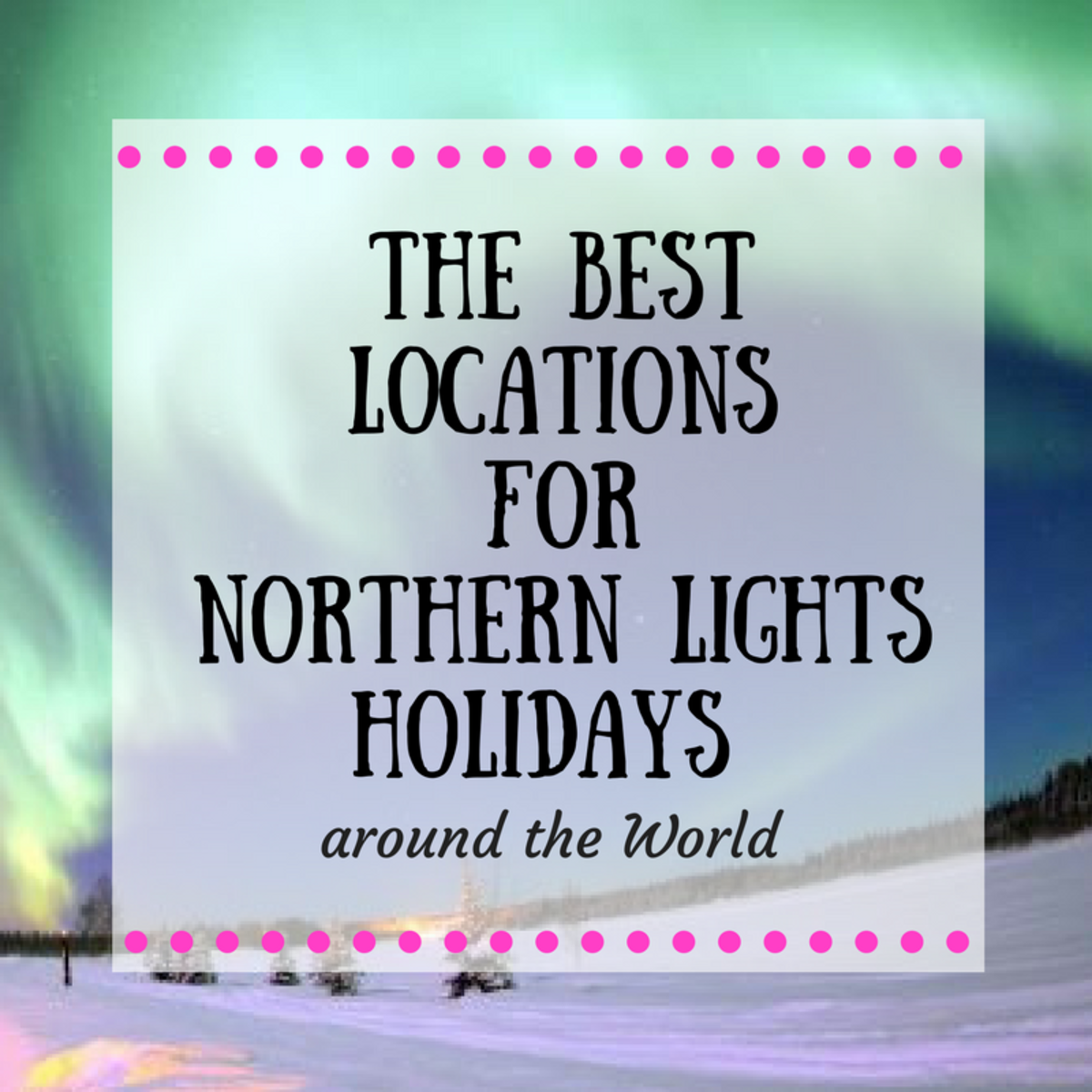The Northern Lights
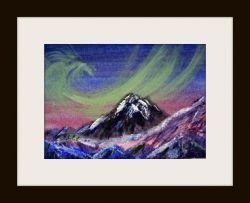
The Northern Lights - Aurora Borealis
Have you ever wondered what creates the spectacular display of lights in the northern night sky at certain times?
They call them the "Northern Lights" or "Aurora Borealis"
Did you know there are also "Southern Lights" or "Aurora Australis"?
Come discover what they are, where they can be seen, and how they have touched so many in the world.
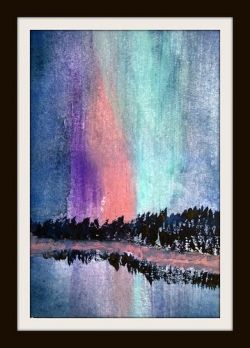
Some Great Photos of the Northern Lights
These photographs and many other aurora images are available on Spaceweather.com.
If you live within an area where there is aurora activity, you can sign up on this site Spaceweatherphone.com and they will call and wake you when it is occurring. How fabulous is that?
Look for Auroras using live data here.
This are images from Nasa's website of the Northern Lights.
Top Photo: 5 miles outside Kearney Nebraska. Credit: Mark Urwiller.
Bottom Photo: St. Francis, Wisconsin.
Credit: Jesús Orjeda.
All photos and paintings on this website are subject to (c)
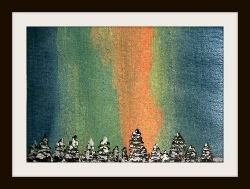
So let's talk about the History of the Northern Lights
Above painting by Artist Linda Hoxie
The Northern lights are said to be named after the Greek Goddess of dawn "Aurora" and the Greek name for the North Wind"Boreas".
The Cree Indians call them the ~Dancing of the Spirits~.
In Finnish they are called "revontulet", which means "fox fires" a name derived from an ancient fable of the arctic fox starting fires or spraying up snow with its brush-like tail.
As far as history goes, the Library of Congress website goes back as far as Benjamin Franklin saying:
The Aurora Borealis
Benjamin Franklin's interest in the mystery
of the "Northern Lights" is said to have
begun on his voyages across the North
Atlantic to England. He ascribed the
shifting lights to a concentration of
electrical charges in the polar regions
intensified by the snow and other moisture.
He reasoned that this overcharging caused
a release of electrical illumination into
the air. In this essay, which he wrote in
English and French, Franklin analyzed the
causes of the Aurora Borealis. It was read
at the French Académie des Sciences on
April 14, 1779.
Written in 1778
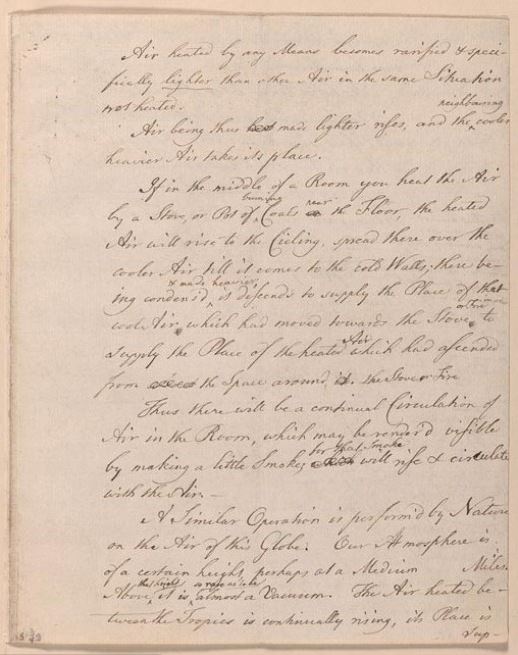
Above is a picture of the actual document written in December 1778, a partial translation can be viewed
The Northern Lights by Artist Linda Hoxie
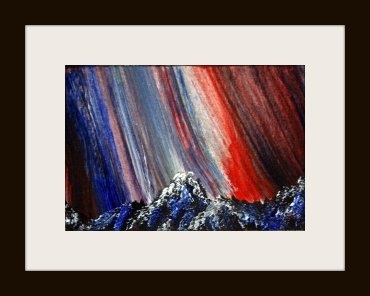
Northern Lights painting
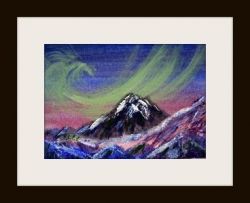
What actually makes the aurora around the Poles of the earth?
What are the Northern Lights?
The sun gives off high-energy charged particles or ions, that travel out into space at speeds of 300 to 1200 km per second.
A cloud of such particles is called a plasma. The stream of plasma coming from the sun is known as the solar wind.
As the solar wind interacts with the edge of the earth's magnetic field, some of the particles are trapped by it and they follow the lines of magnetic force down into the ionosphere (the region of the earth's atmosphere between the stratosphere and the exosphere, consisting of several ionized layers and extending from about 50 to 250 mi. (80 to 400 km) above the surface of the earth), the section of the earth's atmosphere that extends from about 60 to 600 kilometres above the earth's surface.
When the particles collide with the gases in the ionosphere they start to glow, producing the spectacle that we know as the auroras, northern and southern.
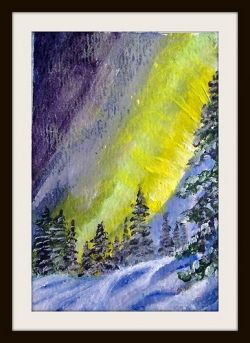
What makes all the different colors?
The different colors of the Aurora Borealis and what makes them
The collisions in the atmosphere electronically excite atoms and molecules in the upper atmosphere. The excitation energy can be lost by light emission or collisions. Most aurorae are green and red emission from atomic oxygen. Molecular nitrogen and nitrogen ions produce some low level red and very high blue/violet aurorae. The light blue colors are produced by ionic nitrogen and the neutral nitrogen gives off the red and purple color with the rippled edges. Different gases interacting with the upper atmosphere will produce different colors, caused by the different compounds of oxygen and nitrogen. The level of solar wind activity from the Sun can also influence the color of the aurorae.
Video about the Aurora Borealis
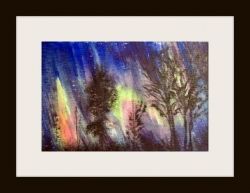
"Northern Lights of Old Aberdeen"
There is a song about the northern lights, and the lyrics are as follows:
THE NORTHERN LIGHTS OF OLD ABERDEEN
(Traditional / M. Webb)
Recorded by : The Alexander Brothers; Innes Tartan Band;
Tommy Scott; Sir Jimmy Shand; Andy B. Stewart.
When I was a lad, a tiny wee lad
My mother said to me
Come see the Northern Lights my boy
They' re bright as they can be
She called them the heavenly dancers
Merry dancers in the sky
I'll never forget, that wonderful sight
They made the heav ens bright
The Northern Lights of old Aberdeen
Mean home sweet home to me
The Northern Lights of old Aberdeen
Are what I long to see
I've been a wanderer all of my life
Any many a sight I've seen
God speed the day when l' m on my way
To my home in Aberdeen
I've wandered in many far-off lands
And travelled many a mile
I've missed the folk I cherished most
The joy of a friendly smile
It warms up the heart of a wand'rer
The clasp of a welcoming hand
To greet me when, I return
Home to my native land
Chorus
Above painting by Artist Linda Hoxie
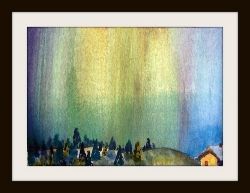
Where can you see the Northern Lights?
In the northern hemisphere, prime viewing locations include Fairbanks, Alaska, and many locations in eastern Canada. In Europe, Iceland and northern Scandinavia see the most aurora. In the southern hemisphere, the aurora frequents uninhabited regions, making sightings of the southern lights, aurora australis, much rarer than the northern lights, aurora borealis.
Video "Aurora Borealis (The Northern Lights)"
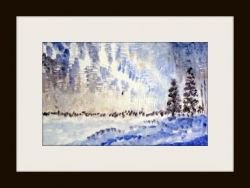
The Northern Light Series No. 13 by Artist Linda Hoxie
Another of my paintings
Time lapse movie of an aurora display
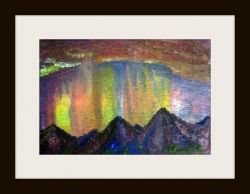
The Northern Light Series No. 17 by Artist Linda Hoxie
I loved this series of small ACEO paintings of the Northern lights. So fun to create!
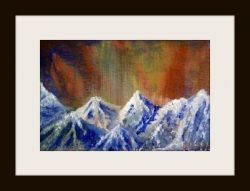
The Northern Light Series No. 18 by Artist Linda Hoxie
The aurora borealis by Artist Linda Hoxie
I really appreciate you taking the time to stop and say hello. I hope you enjoyed learning more about the Northern lights.
If you've seen them, please share with us all what they were like to witness in person.
